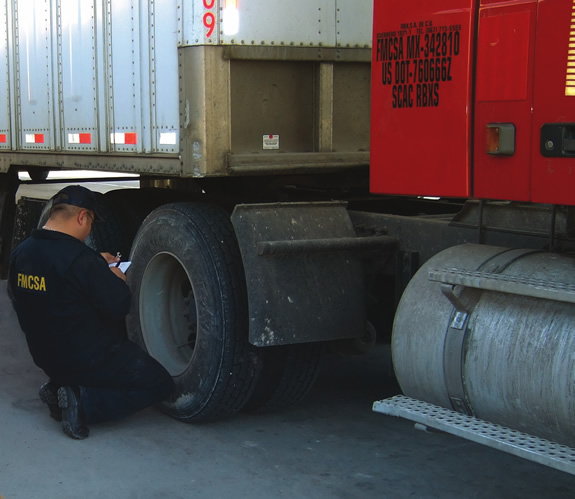Washington DC – On December 2, the U.S. Department of Transportation’s (DOT) Federal Motor Carrier Safety Administration (FMCSA) announced a final rule that establishes a national drug and alcohol clearinghouse for commercial truck and bus drivers. The clearinghouse database will serve as a central repository containing records of violations of FMCSA’s drug and alcohol testing program by commercial driver’s license (CDL) holders. The national drug and alcohol clearinghouse Final Rule goes into effect in January 2020, three years after its effective date.
Once the clearinghouse is established, motor carrier employers will be required to query the system for information concerning current or prospective employees who have unresolved violations of the federal drug and alcohol testing regulations that prohibit them from operating a commercial motor vehicle (CMV). It also requires employers and medical review officers to report drug and alcohol testing program violations.
The final rule requires motor carriers, medical review officers, third-party administrators, and substance abuse professionals to report information about drivers who:
- Test positive for drugs or alcohol;
- Refuse drug and alcohol testing; and
- Undergo the return-to-duty drug and alcohol rehabilitation process.
Additionally, motor carriers will be required to annually search the clearinghouse for current employees, and during the pre-employment process for prospective employees, to determine whether a driver violated drug or alcohol testing requirements with a different employer that would prohibit them from operating a CMV. To view the drug and alcohol clearinghouse Final Rule, click this link.
Consultstu LLC provides fractional HR services to small/mid businesses to lower operational costs, improve business processes and comply with workplace regulations. We deliver customized HR solutions that provide protection from expensive mistakes and strategies to improve workplace results. Call us at 727-350-0370 or visit http://www.consultstu.com









